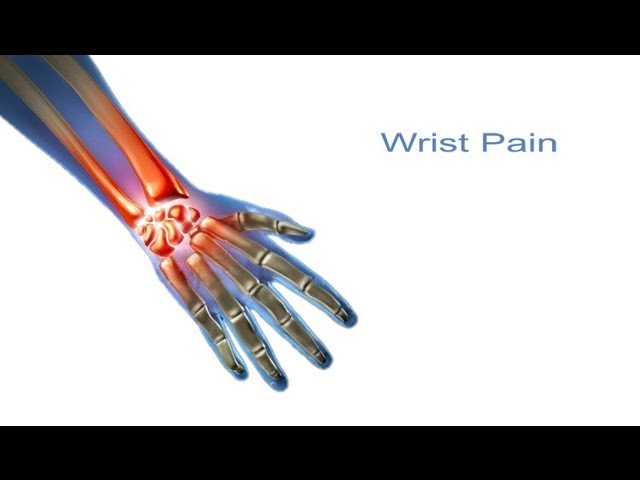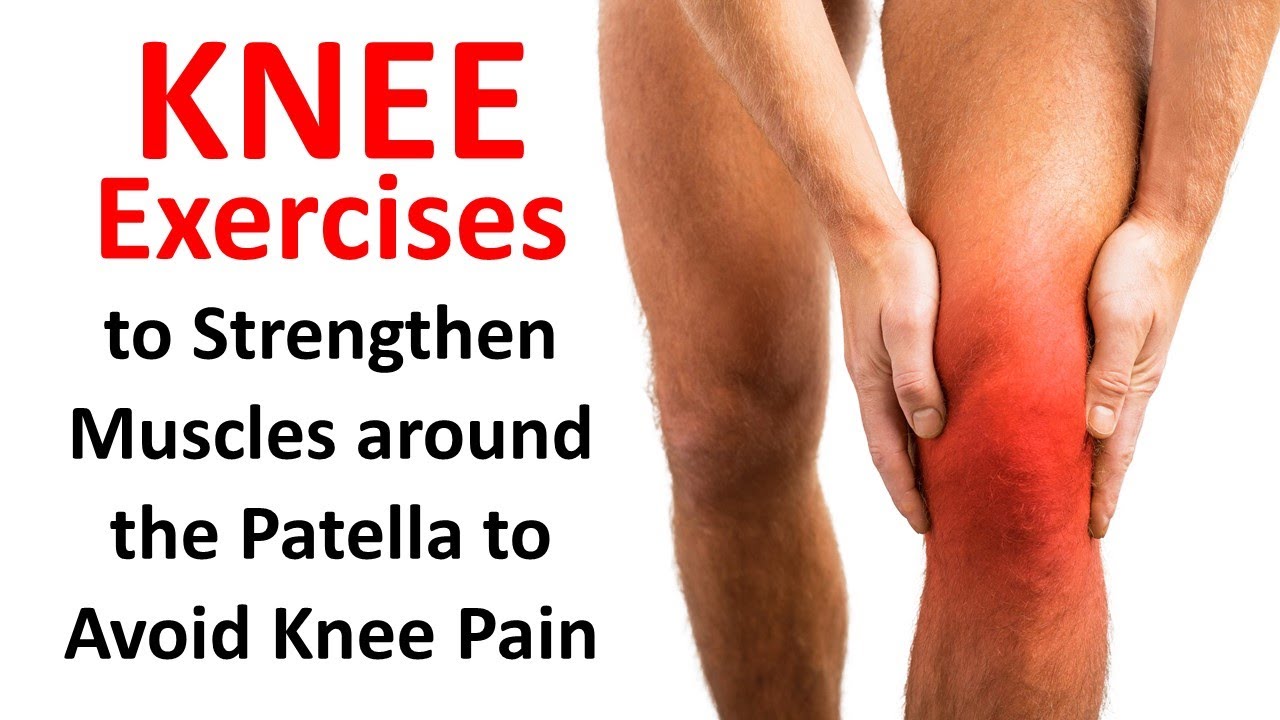Health & Fitness Expert, Aliesa George http://www.centerworks.com This video shows you a quick and easy exercise you can practice almost anywhere to help strengthen the muscles around the knee cap and learn how to stabilize the knee joint to avoid locking the knee.
http://www.Centerworks.com/blog
I like to call this the Kneecap Dance, but in technical terms the Knee cap is called the Patella, so this is actually a Patella tracking exercise that has the added benefit of helping to strengthen the quadriceps and stabilize the knee.
Executed correctly, you'll be improving the muscle control and support for your knee joint and learning how not to jam the kneecap back and cause pain or locked knees.
Ok, are you ready? Id encourage you to either wear shorts to get started, or roll your pant legs up so that you can see your knees.
Sit down on the floor, or a mat, and since our focus isn't on posture today…if you want to sit with your back against a wall so you only have to pay attention to your knees and not worry about your core and back muscles working to help you sit tall… I'm fine with that.
Extend both legs straight out in front of you. If you're feeling a hamstring stretch there's another muscle that needs some attention to help your knees feel better! If you want to take a bit of the stretch off, sit up on a phone book, or maybe on a footstool or in a chair. Its important that you have straight, but unlocked knees to practice this knee exercise.
Alright, to start I like to put my fingers on my kneecap and just gently wiggle it around. You want to be sure that you can identify the difference between when it is relaxed, and when it is lifted. If its relaxed and has some wiggle room, you're in a good starting position.
Take your hands and stroke upwards along the inside and outside of the thigh, starting along the sides of the knee, and lifting to about mid-thigh. This action uses your hands to cue the muscles of the quadriceps along the front and sides of the thigh to lift the kneecap.
If you're watching your knee while this is happening, you want to look and notice that your knee cap is lifting up as the quadriceps muscle fires.
Lift, hold for several seconds, then release and watch the knee cap slide back to its resting, relaxed position.
Now that you've got your knee cap moving – here's the challenge:
Place one hand under each knee or both hands under one knee if you're practicing with one leg at a time. Now do your knee cap lifting exercise. Did you feel your leg press back into your hands as your kneecap lifted?
If your answer is yes! You are locking your knee as you straighten your leg, which places more pressure and potential pain on the knee joint. So keep your hand behind your knee until you can move your kneecaps and keep the leg bones straight and still.
If you can lift your kneecaps and your leg doesn't move. Congratulations, you've figured out how to do the exercise correctly.
That's it! Its a simple knee exercise that you really can do just about anywhere. I like to start seated, but eventually, you want to also practice this while you're standing up. http://www.youtube.com/watch?v=A7gPajdzje0


